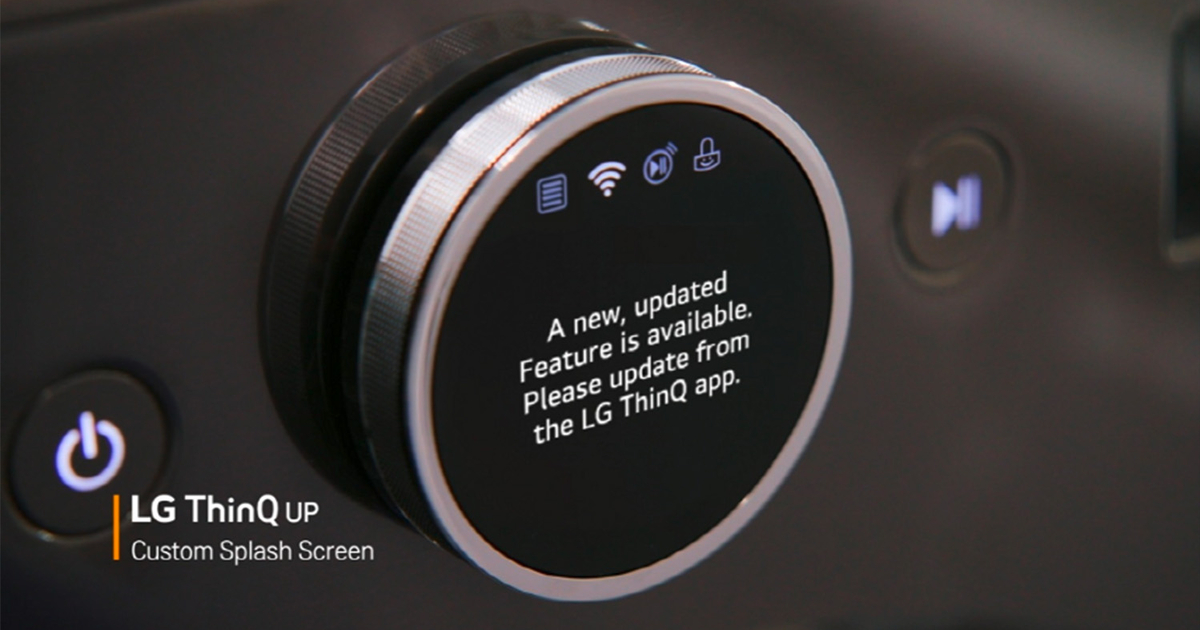In full strategic reversal, LG announced last month to work on the integration of advertisements on its televisions in order to benefit from them until after the purchase, and the Korean intends to do the same with its household appliances. Or almost, since no advertising should be involved. In any case, this is what the few information shared before the IFA lead us to think, but it is of course at the Berlin show that LG should reveal everything about its new strategy for household appliances.
Features and services available by subscription
For now, we know that it will revolve around a new version of the LG ThinQ UP platform. The latter aims to guarantee a certain scalability to the devices it equips by offering new features to download over time. The new version, stamped 2.0, should pursue the same goal while integrating paid services in order to “reduce the time and drudgery of household chores”.
LG is more specifically talking about subscriptions with a 3 to 6-year commitment that will give access to features that are supposed to increase the performance of its devices and allow them to adapt to the daily life of each user, but also to additional services. A restocking of fresh products is mentioned for refrigerators, for example. As for the washing machines, it would rather be a question of pressing for delicate fabrics and replenishing detergents.
A new processor and a new OS as a bonus
The manufacturer also adds that washing machines, but also tumble dryers stamped ThinQ UP 2.0 will inaugurate a new processor called DQ-C with onboard memory to support these additional features, as well as a brand new operating system. If we thought we would see WebOS landing on LG appliances, this would not be the case. Confirmation next week, probably with the presentation of the first ThinQ UP 2.0 products.
For the time being, however, let us remember that the first generation of ThinQ UP devices has still not arrived in our country, although it made its debut last year in Korea, where users would have already been able to taste version 2.0. The French launch should therefore not take place anytime soon, which is perhaps not a bad thing. If the integration of complementary services seems to us to be a good idea – we find it elsewhere with other manufacturers – we have to recognize that the prospect of buying a device and having to go back to the checkout to take advantage of all its functionality is not very pleasing.
